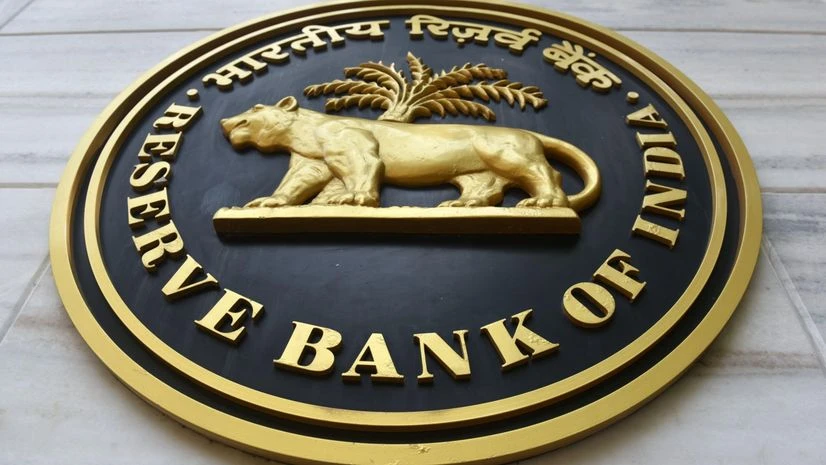By Dharamraj Dhutia
MUMBAI (Reuters) - The Reserve Bank of India may look to tighten domestic rupee liquidity to quell inflationary pressures but will refrain from permanent cash withdrawal, several traders and analysts said ahead of Thursday's monetary policy review.
The central bank is expected to hold policy rates steady but could turn more hawkish given that inflation in July is likely to have risen above its comfort band.
Reducing surplus liquidity, which could fuel inflation, could be one way of signalling a tougher stance.
"Liquidity is an area where RBI could surprise markets by being more hawkish than perceived," said Ashutosh Tikekar, head of global markets - India at BNP Paribas.
The banking system liquidity surplus has averaged around 2.5 trillion rupees ($30.19 billion) in August, up from 1.6 trillion rupees in July.
More From This Section
To reduce this on a durable basis, the RBI could raise the cash reserve ratio (CRR) for banks from the current 4.5%.
Tikekar, however, says that it's more likely the RBI will restart variable rate reverse repo (VRRR) auctions, used to suck out cash for shorter periods of time.
However, the RBI's VRRR auctions of late, including the last one on July 11, were met with reluctance by banks, which could be why the RBI is considering other measures.
However, too drastic a step could push up bond yields, which are already at near four-month highs.
"Any major step would force overnight rates above the repo rate and would thus be negative for the short-end," said A Prasanna, head of research at ICICI Securities Primary Dealership.
"A lot of inflation surprise is only because of vegetables and does not warrant any action from the RBI."
The banking system liquidity rose as deposits surged after the withdrawal of 2000-rupee notes, and because of higher government spending and the RBI's own dollar purchases in the spot forex market.
This has pushed the overnight interbank rate to an average of 6.38% in August, below the repo rate of 6.5%. The TREPS rate, which reflects the cost of money for non-banks, has remained close to 6.25%, the lower end of India's interest rate corridor.
Madhavi Arora, an economist at Emkay Global said the RBI may avoid a blunt tool like a CRR hike, and could consider VRRRs and a sell/buy forex swap.
In such a move, the central bank would sell dollars and absorb rupee liquidity while entering into a contract to reverse the transaction at a later date. ($1 = 82.8075 Indian rupees)
(Reporting by Dharamraj Dhutia; Editing by Savio D'Souza)
(Only the headline and picture of this report may have been reworked by the Business Standard staff; the rest of the content is auto-generated from a syndicated feed.)

)
